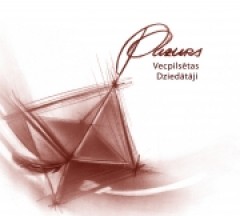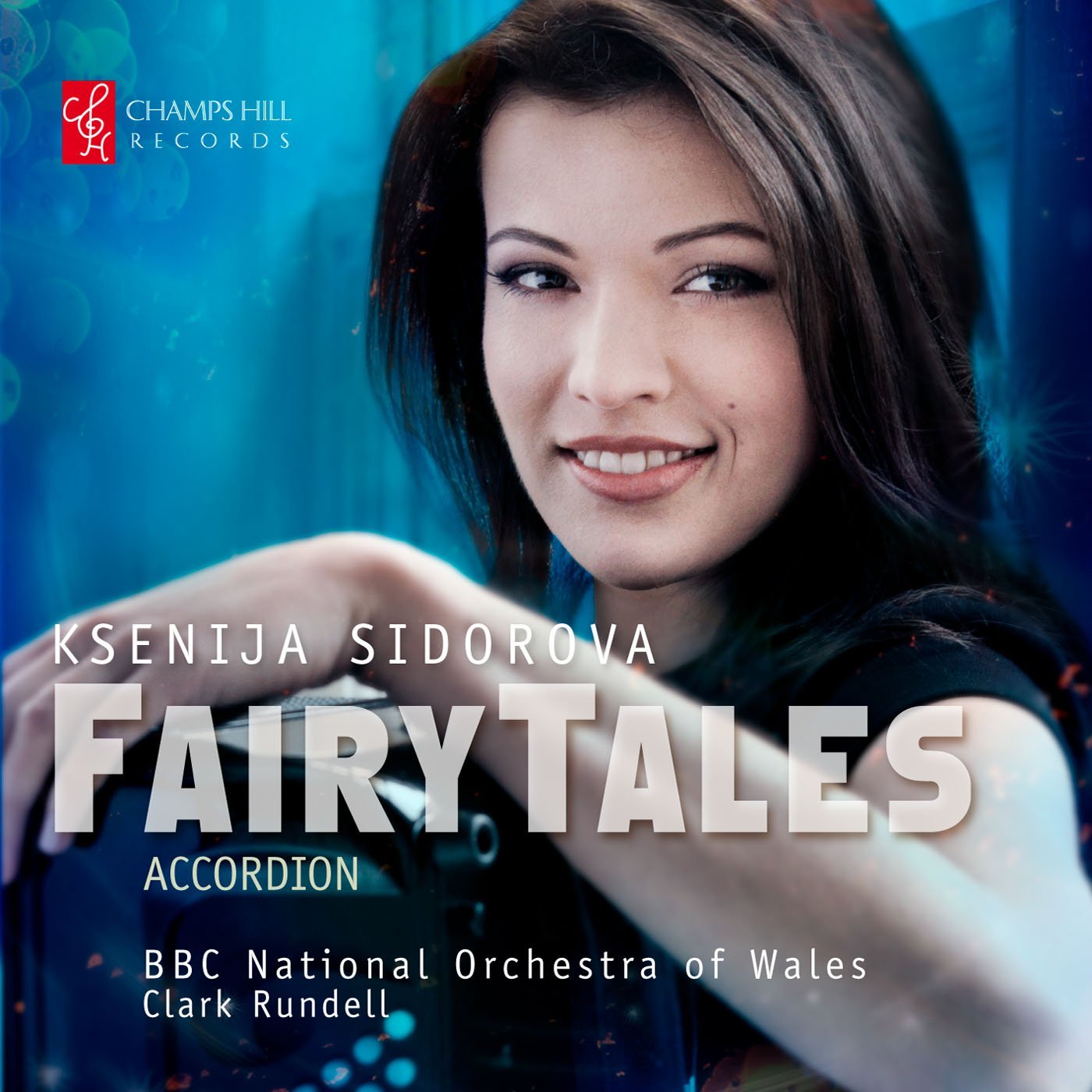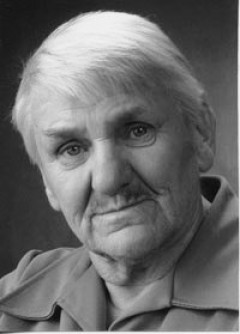
One of the CD releases that many Latvian folklore fans most look forward to is the bi-yearly Latvian folk music collection Sviests. Full of new recordings of songs that are, in both direct and indirect ways, inspired by Latvian folk music and folklore, the series is one of the most eclectic collections of Latvian folk music available.
A particularly notable entry in the series was Sviests 3 in 2009 and one of the most striking and memorable songs on that release was “Es stāvēju agru rītu”, performed by a group named Vecpilsētas dziedātāji, which featured beautiful vocal harmonies.
Fast forward to 2013 and Sviests V, and, once again, a standout track on the collection is one by Vecpilsētas dziedātāji, this time the song is “Māras dziesma”, again featuring the characteristic vocal melodies.
Having already made a name for themselves with these songs, the group set about recording their first full-length album. The result was Puzurs, a collection of songs with a winter solstice (“Ziemassvētki”) theme. In fact, a ‘puzurs’ is an ornament that is normally hung from the ceiling during winter solstice time, made up of multiple triangles, and meant to represent the sun and light.
Though the group is inspired and rooted in Latvian folklore, more often than not the compositions and lyrics are their own, and they consider themselves a ‘post folklore’ group. The ensemble is actually quite large, which allows for the creation of quite rich musical and vocal textures and tapestries, which is used effectively on the album. The group is made up of Vēsma Keire on vocals and flute, Māra Abaja on vocals and percussion and kokle, Dace Sloka on vocals and guitar, Solveiga Kaļva on vocals, guitar, kokle, and piano, Inese Neimane on vocals, stabule, percussion, Linda Zonne on vocals, accordion, kokle and Anastasija Sliša on vocals, with additional bass guitar performed by Mārtiņš Abajs.
Latvian folk songs and folklore always have a hint of mysticism, particularly in songs about winter, and the arrangement of ‘Ziemassvētku kumeliņi’ (folk song texts, music by Solveiga Kaļva) features these mystical elements, with the solstice horses running from mountain to mountain on their silver horseshoes. To add to the magical sense of the song, a flute solo by Vēsma Keire entrances the listener on this fantastic journey.
Many themes relating to the winter solstice are explored, and one of them is the practice of going ‘ķekatās’ (mummering); of going, in disguise, from house to house. The song ‘Ķekatas’ (words by Linda Zonne and Solveiga Kaļva, music by Kaļva) is about this practice, and the lyrics tell the stories of the mummers going through the fields and through gardens, bringing dances and blessings to all houses.
The solstices, rooted in mythology, are also about the interplay between the sun and the moon, and this theme is explored in the song ‘Saules kāzas’, with folk song texts set to music by Dace Sloka. Sloka, who also sings lead vocal, with her rich alto voice, bears an eerie resemblance to well-known Latvian folk singer Zane Šmite, giving this song about the wedding between the sun and the moon a particularly majestic sense.
One of the highlights of the album is the dreamy, nearly seven minute-long ‘Meža māte’ (folk texts set to music by Dace Sloka), a song glorifying the Forest Mother, about being in the forest in the middle of winter, transporting the listener to a deep forest of spruce and pine, and left to meditate in this enchanting environment.
The solstice is also a time for transition and transformation, as the shortest day has been reached, and now the days become longer on the journey to the summer solstice. A related symbol of transition is the mouse, which is considered to be an animal that travels between this world and the other world. This is reflected in the playful ‘Peles dziesma’, a story of how a mouse that was sent to steal peas hid in a cave to escape capture, and, over the course of the song, explains, in a question and answer form, how the mouse was able to survive this ordeal.
The CD booklet contains the lyrics to all the songs, as well as brief explanations of the meanings of the songs in both Latvian and English.
Puzurs is one of the most striking folklore related releases in recent memory. The girls in the group have brought together an impressive array of musical and songwriting talents to create an engrossing vision of winter and the solstice. Though steeped in folklore traditions, these are modern and contemporary interpretations of ancient themes, bringing together a magical picture of deepest winter and the spiritual significance of this time of year.
Vecpilsētas dziedātāji ondraugiem.lv and on Facebook
Details
Puzurs
Vecpilsētas dziedātāji
Riga: Lauska, 2013
CD045
Track listing:
1. Ceļā
2. Ziemassvētki sabraukuši
3. Saules kāzas
4. Ķekatas
5. Mītiskais koks
6. Ziemassvētku kumeliņi
7. Čigānos
8. Vilks un kaza
9. Peles dziesma
10. Saimenieces dziesma
11. Meža māte
12. Dieviņš brauca
13. Vērpetes





